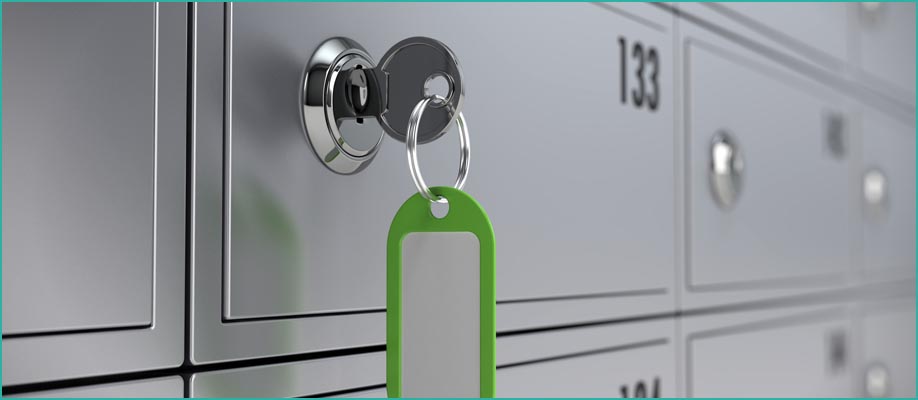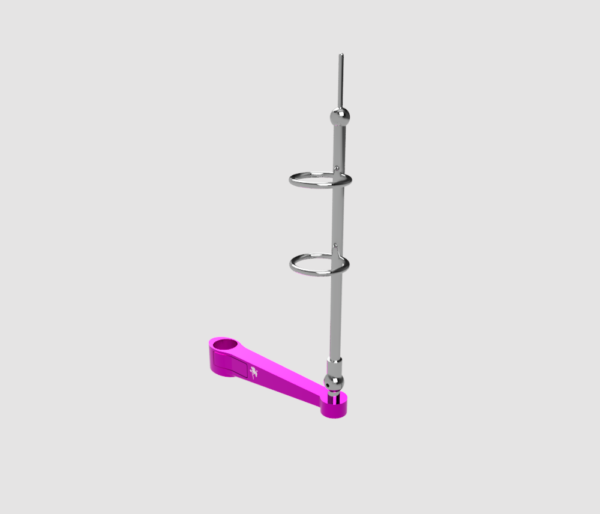When it comes to modern construction, strength, durability, and cost-efficiency are top priorities. This is why cold-formed steel roof trusses have become increasingly popular in residential, commercial, and industrial projects. Unlike traditional wooden trusses or hot-rolled steel structures, cold-formed steel (CFS) trusses are manufactured by shaping thin sheets of galvanized steel at room temperature. This process not only enhances strength but also delivers a lightweight yet incredibly durable roofing system.
In today’s competitive construction environment, choosing the right roofing material and system can make a significant difference in terms of longevity, safety, and overall cost-effectiveness. Cold-formed steel roof trusses provide a solution that balances modern engineering with practical installation benefits, making them one of the most reliable choices for builders and property owners.
This article will explore the benefits of cold-formed steel roof trusses, explain their installation process, provide a comparison with traditional trusses, and offer practical tips for making the right choice.
What Are Cold-Formed Steel Roof Trusses?
Cold-formed steel roof trusses are structural frameworks made by bending thin sheets of galvanized steel into precise shapes without the use of heat. These trusses act as the skeleton of a roof, providing stability and load-bearing capacity.
Unlike wooden trusses that are prone to warping, rotting, and termite damage, cold-formed steel trusses are dimensionally stable and resistant to common environmental threats. They can be manufactured to exact specifications, ensuring consistency and reducing waste.
Key characteristics include:
- Lightweight yet strong: Easy to transport and assemble without compromising structural integrity.
- Corrosion-resistant: Galvanized coating protects against rust and moisture.
- Design flexibility: Can be engineered into various shapes and spans to accommodate architectural needs.
Benefits of Cold-Formed Steel Roof Trusses
1. Durability and Longevity
Cold-formed steel trusses do not rot, crack, or split like wood. They are resistant to termites, mold, and fire, offering decades of dependable performance. This makes them ideal for both humid and dry climates.
2. Lightweight Construction
Despite their strength, these trusses are lightweight, which reduces transportation costs and makes on-site handling easier. This also helps decrease the overall load on building foundations.
3. Precision Engineering
Cold-formed steel is manufactured with computer-aided design (CAD) and roll-forming technology, resulting in exact dimensions and consistent quality. This eliminates common issues like uneven cuts and measurement errors.
4. Fire and Pest Resistance
Unlike wood, steel does not contribute to fire spread, and it is immune to termites and other pests that can compromise structural integrity.
5. Eco-Friendly Option
Cold-formed steel is 100% recyclable and often produced with recycled materials, making it an environmentally responsible building choice.
6. Cost-Effective Over Time
While the initial cost may be slightly higher than wood trusses, reduced maintenance, longer lifespan, and fewer repair needs make steel trusses more economical in the long run.
Installation Process of Cold-Formed Steel Roof Trusses
Installing cold-formed steel roof trusses requires precision but is relatively straightforward compared to traditional methods.
Step 1: Site Preparation and Layout
Before installation, engineers prepare detailed layout drawings to ensure accurate placement. Anchor points are marked on the structure to align with truss positions.
Step 2: Delivery and Handling
Because the trusses are lightweight, delivery and handling are much easier than heavier alternatives. Trusses are carefully offloaded to avoid bending or twisting.
Step 3: Positioning the Trusses
Using cranes or manual lifting (depending on size), trusses are positioned onto the walls or support beams. Temporary bracing is installed to keep them upright and aligned.
Step 4: Securing the Trusses
Trusses are anchored using bolts, clips, or welds, depending on design requirements. Steel connections ensure rigidity and stability.
Step 5: Adding Bracing and Purlins
Bracing is installed between trusses to prevent lateral movement, while purlins are fixed to distribute roofing loads evenly.
Step 6: Roof Sheathing and Covering
Finally, roofing sheets, insulation, or tiles are added to complete the structure.
Tip: Professional installation is highly recommended, as precise alignment and secure connections are crucial for structural integrity.
Comparison: Cold-Formed Steel vs. Wooden Roof Trusses
| Feature | Cold-Formed Steel Roof Trusses | Wooden Roof Trusses |
| Durability | Resistant to fire, pests, and moisture; lasts 50+ years | Prone to rot, termites, and fire damage; 15–30 years lifespan |
| Weight | Lightweight, reduces structural load | Heavier, increases foundation requirements |
| Precision | Manufactured with CAD technology for exact fit | Variable due to natural defects in wood |
| Maintenance | Minimal, mostly inspection-based | Regular treatment for termites, rot, and warping |
| Eco-Friendliness | 100% recyclable, sustainable material | Wood requires deforestation, less sustainable |
| Cost | Slightly higher upfront but economical long-term | Lower initial cost but higher long-term maintenance |
Analysis of the Comparison
The table clearly highlights why many builders are shifting toward cold-formed steel roof trusses. While wood might appeal due to its initial lower cost, it brings long-term challenges like pest control, maintenance, and replacement. Cold-formed steel, on the other hand, offers greater resilience, precision, and sustainability, making it the smarter investment for modern construction projects.
Practical Tips for Choosing the Right Roof Truss System
- Consider Long-Term Costs: Don’t just focus on the upfront price—factor in maintenance, repairs, and replacement. Steel often proves more cost-effective.
- Evaluate Climate Conditions: In humid or termite-prone areas, cold-formed steel is far more reliable than wood.
- Check Load Requirements: Consult with engineers to determine roof load, snow load, or wind resistance before selecting trusses.
- Work with Experienced Installers: Professional expertise ensures accuracy in placement and secure installation.
- Prioritize Sustainability: If eco-friendliness is a priority, steel trusses are the clear winner due to recyclability and durability.
FAQs
Q1: What is the lifespan of cold-formed steel roof trusses?
Cold-formed steel roof trusses can last 50 years or more with minimal maintenance, making them a long-term investment compared to wooden trusses.
Q2: Are cold-formed steel trusses more expensive than wood?
The upfront cost may be slightly higher, but the reduced maintenance and longer lifespan make them more economical in the long run.
Q3: Can cold-formed steel trusses handle heavy loads like snow or wind?
Yes, they are engineered to meet local building codes and can withstand high loads when properly designed and installed.
Q4: Do cold-formed steel trusses require special roofing materials?
No, they can support a wide range of roofing materials, including metal sheets, tiles, and shingles.
Q5: Are cold-formed steel trusses safe from fire?
Yes, steel is non-combustible and does not contribute to the spread of fire, making it much safer than wood.
Conclusion
Cold-formed steel roof trusses represent the future of roofing systems in modern construction. They combine strength, durability, precision, and eco-friendliness, offering advantages that far outweigh those of traditional wooden trusses. With their resistance to pests, fire, and environmental damage, they deliver unmatched long-term value and reliability.
Whether you’re building a residential home, a commercial facility, or an industrial complex, investing in cold-formed steel roof trusses ensures a strong foundation for decades of safety and performance. For property owners and builders seeking a cost-effective, sustainable, and low-maintenance solution, cold-formed steel stands out as the superior choice.
Take the next step toward a smarter, stronger roof system—explore cold-formed steel trusses and secure the long-term stability of your construction project.

